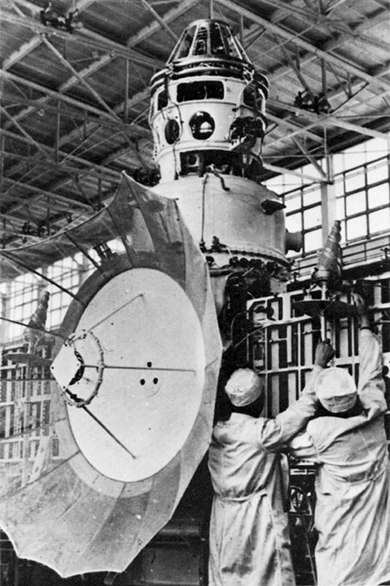Introduction
In the realm of space exploration, the year 1972 marked a significant milestone. On March 27th, the Soviet Union launched the Venera 8 spacecraft, embarking on a mission that would forever change our understanding of Venus. This historic event paved the way for groundbreaking discoveries and advancements in planetary exploration.
The Venera Program
The Venera program, initiated by the Soviet Union in the 1960s, aimed to explore the mysteries of Venus, our neighboring planet. Prior to the Venera 8 mission, several spacecraft had been sent to Venus, but none had successfully landed on its surface. The Venera 8 mission sought to change that.
The Launch of Venera 8
On that fateful day in March 1972, the Venera 8 spacecraft was launched into space, carrying with it the hopes and ambitions of the scientific community. Equipped with a suite of instruments designed to study the atmosphere and surface of Venus, Venera 8 was a technological marvel.
Arrival at Venus
After a long and arduous journey through space, Venera 8 finally reached its destination: Venus. It was the first spacecraft to successfully land on the planet’s surface, a feat that had eluded previous missions. The landing was a momentous achievement, as it provided scientists with the opportunity to gather firsthand data about Venusian conditions.
Scientific Discoveries
Once on the surface of Venus, Venera 8 began its scientific investigations. It transmitted valuable data back to Earth, revealing crucial information about the planet’s atmosphere and surface. The spacecraft measured temperature, pressure, and the composition of the atmosphere, providing scientists with invaluable insights into the harsh conditions on Venus.
One of the most significant discoveries made by Venera 8 was the extreme temperature and pressure on Venus. The spacecraft recorded surface temperatures of around 470 degrees Celsius (878 degrees Fahrenheit) and pressures approximately 90 times greater than Earth’s atmospheric pressure. These findings shed light on the inhospitable nature of Venus and the challenges that any future missions would face.
Legacy and Impact
The success of the Venera 8 mission had a profound impact on our understanding of Venus and planetary exploration as a whole. It paved the way for subsequent missions to Venus, allowing scientists to delve deeper into the mysteries of this enigmatic planet.
The data gathered by Venera 8 provided a foundation for future research and exploration. It helped scientists refine their understanding of Venusian conditions and contributed to the development of technologies and strategies for future missions.
Furthermore, the success of the Venera 8 mission instilled confidence in the scientific community and inspired further exploration of our solar system. It demonstrated the feasibility of landing on other planets and collecting valuable data, opening up a new era of planetary exploration.
Conclusion
The launch of the Venera 8 mission in 1972 was a pivotal moment in the history of space exploration. It marked the first successful landing on Venus and provided scientists with unprecedented insights into the conditions on our neighboring planet. The data gathered by Venera 8 paved the way for future missions and contributed to our understanding of the solar system. This historic event will forever be remembered as a testament to human ingenuity and our unrelenting curiosity to explore the unknown.
SEO Excerpt: The launch of the Venera 8 mission in 1972 marked a significant milestone in space exploration, as it became the first spacecraft to successfully land on Venus and transmit valuable data back to Earth. This historic achievement advanced our understanding of Venusian conditions and paved the way for future missions to explore our neighboring planet.

